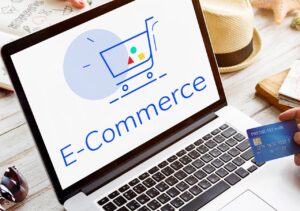
7 Facebook Ads Tips to Boost Your E-commerce Sales

Welcome to the world of digital marketing, where using “Facebook Ads for Ecommerce” isn’t just a fancy term but can truly change the game for your online business. In today’s social media-dominated landscape, tapping into Facebook Ads can be the key to significant growth for your e-commerce venture.
Curious about why Facebook Ads are essential for your online store? It’s straightforward – they can turn casual visitors into loyal customers.
Now, let’s explore seven practical tips that will boost your Facebook Ads strategy and give your e-commerce sales a real lift.

Understanding Facebook Ads for E-commerce Businesses
In the fast-paced world of online selling, getting your brand seen and connecting with customers is crucial. In this scenario, Facebook Ads stand out as a must-have tool for businesses aiming to boost their online presence and achieve significant growth.
Using Facebook Ads the right way brings a bunch of advantages for e-commerce businesses:
- Better Brand Recognition: Well-designed Facebook ad campaigns can shine a spotlight on your brand, making it more known among your target audience and creating a strong brand identity.
- Finding the Right Customers: With Facebook’s smart targeting choices, you can identify your ideal customers based on their details, interests, and online habits.
- More People Visiting Your Website: Engaging Facebook ads work like magnets, pulling potential customers to your online store.
- Turning Clicks into Sales: By smoothly guiding interested folks through the steps from first hearing about you to making a purchase, Facebook Ads can turn clicks into actual sales, boosting your revenue.
Easy-to-Measure Results: Facebook’s powerful analytics platform gives you useful info about how well your campaigns are doing. This lets you track progress, find areas where you can do better, and make your ads work as effectively as possible.
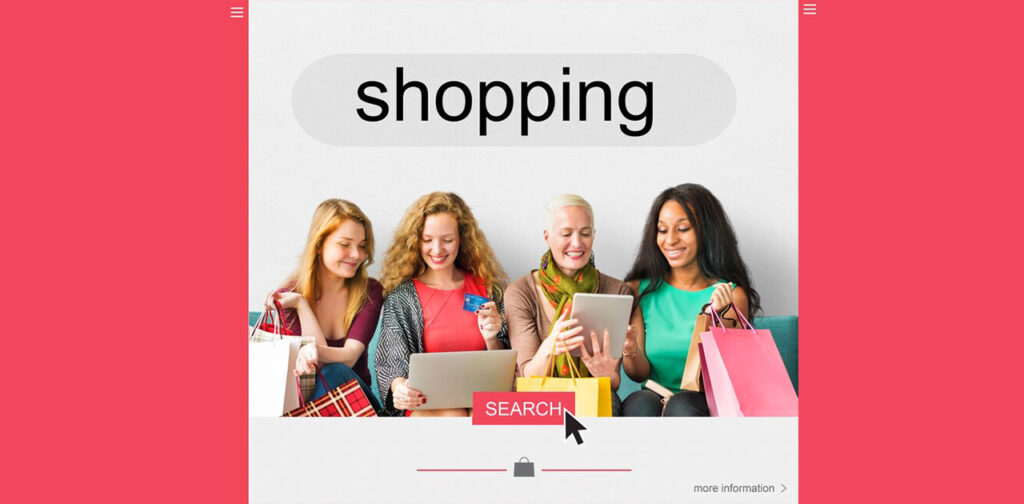
Importance of Facebook Ads for E-commerce
In April 2023, Facebook had a huge 2.989 billion people using it every month. This made it the top social media platform in the world with the most active users. This means that you have a vast pool of potential customers at your fingertips.
While Facebook remains the most effective advertising platform for e-commerce, it’s important to note that the market is becoming increasingly competitive. More and more businesses are using Facebook Ads, which means that it’s getting harder to stand out from the crowd.
To succeed in this competitive environment, you need to create high-quality ads that are relevant to your target audience. You also need to be willing to pay for your ads, as organic reach on Facebook is declining.
If you’re willing to put in the effort and invest the resources, Facebook Ads can be a powerful tool to help you achieve your e-commerce goals.
Preparing for E-commerce Facebook Ads
Before you start putting up Facebook ads for e-commerce, it’s important to get things ready to make sure your ads work well. Here are some important steps to follow:
- Figure Out Your Goals: Be clear about what you want your Facebook ads to do. Do you want more people to know about your brand, visit your website, or buy your products? Knowing your goals helps you make ads that really work.
- Know Your Customers: Understand who your best customers are. Know their age, interests, what they do online, and what problems they have. This helps you make ads that connect with them.
- Make Your Website Work Well: Check that your online store is easy for people to use. Make sure they can look at products, put things in their cart, and buy without any problems. A website that’s easy to use makes your ads more effective.
- Install the Facebook Pixel: The Facebook pixel is a code snippet that you install on your website. It tracks visitor activity and provides valuable data about your target audience, which can be used to improve your ad targeting.
- Track What Matters: Decide what you want people to do on your site, like making a purchase or signing up. Set up tracking so you can see if your ads are helping people do what you want.
Get Expert Help if Needed: If you don’t have the time or know-how to handle Facebook ads on your own, think about getting help from pros like a digital marketing agency or a freelancer who’s good with Facebook ads.
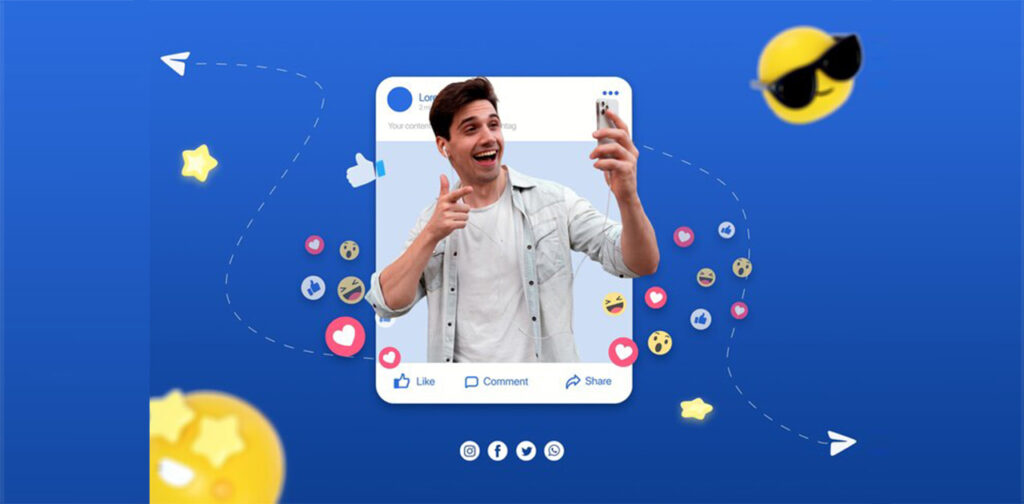
Best Practices for Running Facebook Ads for E-commerce
To do well with Facebook Ads for e-commerce, it’s important to have a smart marketing plan that covers both getting new people interested and reminding those who’ve checked you out before.
- Cold Traffic Campaigns: This part is about showing your products to people who haven’t heard about your brand yet. The goal is to get them curious and visit your online store.
- Retargeting Campaigns: Here, the focus is on reaching out to people who’ve already been to your website, looked at your products, or maybe left things in their cart. The aim is to remind them about your stuff and encourage them to finish a purchase.
Most online shoppers, about 72%, leave their carts without buying. Without retargeting, only 8% return. With retargeting, 26% complete purchases. According to Wishpond, retargeted ads have a 10x higher click-through rate than standard ads, and 70% of retargeted visitors are more likely to buy. Not retargeting costs you sales and conversions. You can use the Power Editor for retargeting with various ads.

Different Types of Facebook Ad Campaigns for Online Stores:
Facebook has different kinds of ad campaigns that work for various online goals:
- Brand Recognition Campaigns: These are about making more people recognize and remember your brand.
- Traffic Campaigns: These aim to bring more visitors from Facebook to your online store.
- Lead Generation Campaigns: These are to collect email addresses or other info from people interested in your stuff.
- Product Catalog Ads: These show off your products right on Facebook, letting people check them out and buy without leaving the platform.
- Dynamic Product Ads: These use real-time info to show personalized product suggestions based on what people have looked at before.
Examples of Ads That Work Well
To illustrate successful Facebook ad strategies, consider these examples:
Example 1: Engaging Video Ad
A clothing brand makes an interesting video ad showing off its newest fashion collection. The ad has cool models, trendy music, and a clear message telling people to check out their website.
Example 2: Eye-catching Carousel Ad
A beauty brand uses a carousel ad to showcase its skincare products. Each carousel card features a high-quality product image, a concise product description, and a compelling call-to-action to purchase.

7 Facebook Ad Tips to Boost Your E-commerce Sales
Here comes the key part, where we’ll share seven effective Facebook ad tips to enhance your e-commerce sales.
Tip 1 – Use Compelling Images in Your Ads
In the crowded world of social media, where attention spans are fleeting, using compelling images is super important in your Facebook ads. Great pictures are the first thing that might catch a potential customer’s eye, making them stop, read your message, and maybe do something about it.
- Use high-resolution images that are clear, sharp, and visually appealing. Pictures that are blurry or not clear might make people lose interest.
- Put your products in the spotlight. Use images that really show what your products look like and why they’re cool.
- Use images that make people feel something. Whether it’s happiness, excitement, or curiosity, emotions can help your audience connect with what you’re showing.
- Avoid cluttered or busy images. Focus on one key element per image to ensure clear communication of your message.
- Choose images that really go with what you’re saying in your ad and who you’re talking to. Avoid using generic or stock images that lack authenticity.
- Lots of people see Facebook ads on their phones. Make sure your images look good on small screens and still grab attention, no matter what device someone is using.
- Make your images better with editing tools. You can adjust how bright they are, the colors, and other things. You can even add words or graphics to make your message stronger.
- Test out different pictures to see which ones people like the most. Keep track of how well they do and choose images that work best for your audience.
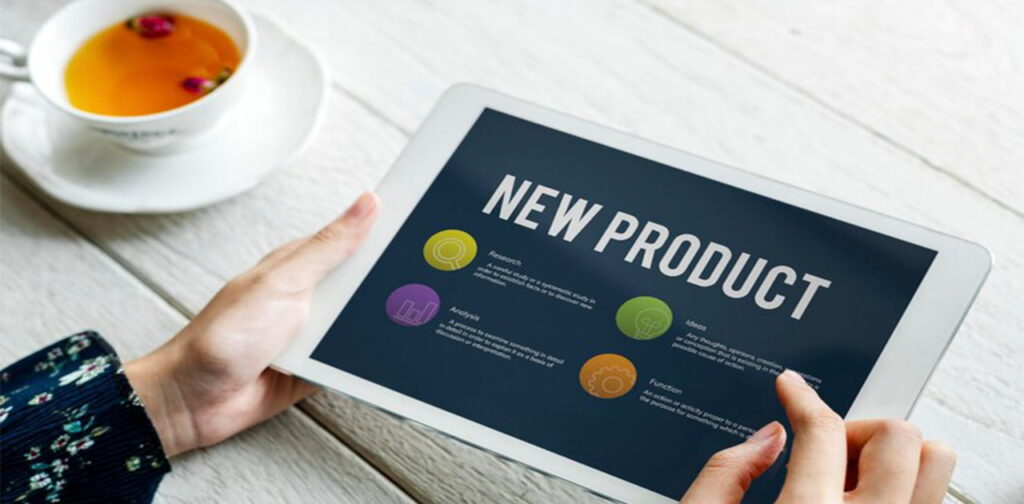
Tip 2 – Leverage Dynamic Product Ads
When you want to bring back people who almost bought something from your online store, dynamic product ads are like your secret helpers. They have some cool benefits, and here are tips to make sure they work well for you:
Benefits of Dynamic Product Ads
These ads are awesome for getting back people who visited your store but didn’t buy anything. Here’s why they’re great:
- Show What They Like: These ads automatically show people the things they checked out on your site.
- Flexible Formats: You can use dynamic ads in different ways – either as a bunch of products in a row or just one ad. This makes your ads look cool and grabs attention.
- Saves Time: Instead of making separate ads for each product, dynamic ads do the work for you. It’s a time-saver!
Setting Up and Making Dynamic Product Ads Better
Now, here are some tips to make your dynamic ads really effective:
- Connect Your Product Catalog: First, link your online store’s product list to Facebook. This helps Facebook know what you’re selling.
- Choose Your Audience: Decide who should see these ads. It could be people who visited your site but didn’t buy anything or those who left things in their cart.
- Create Eye-Catching Images: Use really good images of your products. Clear and attractive images make people more likely to click on your ads.
- Write a Simple Message: Keep your words easy to understand. A short and clear message works best.
- Add a Call-to-Action: Tell people what to do next. Whether it’s “Shop Now” or “Check It Out,” a clear call to action helps.
Test Different Versions: Try out different versions of your ad to see which one works best. You can change the images, words, or anything else.

Tip 3 – Implement Conversion Tracking Pixel
In the world of online selling, where every click and sale matters, the Facebook conversion tracking pixel is like a super useful tool. This pixel isn’t just about counting website visitors. It gives you really important info about how your Facebook ads are affecting what people do.
With it, you can:
- Track how many people who have seen your ads are taking desired actions, such as making purchases, signing up for newsletters, or downloading content.
- Use data-driven insights to pinpoint which ad campaigns, ad sets, and ads are driving the most conversions.
- Find out how much money your Facebook ads are making compared to how much you spend on them.
- Learn more about what your target audience likes and does.
Installing and Using the Conversion Tracking Pixel
To use the power of the conversion tracking pixel, follow these easy steps:
- Log in to your Facebook Ads Manager account and go to the “Events Manager” section.
- Click on “Create Pixel” and choose “Set Up Pixel.”
- Select “Manually Add Pixel Code” and follow the instructions provided to install the pixel code on your website. If you have a website developer, you can share the code with them for installation.
- Define the actions you want to track as conversions, such as purchases, sign-ups, or page views.
- Use the Facebook Pixel Helper on Chrome to see if the pixel is set up right and working as it should.
- In your Facebook Ads Manager, make a new ad campaign and choose the action you want to track.
- Watch the info about your tracked actions in the Facebook Ads Manager dashboard. This helps you see how well your ads are doing and change things to make them work better.

Tip 4 – Utilize Custom Audiences and Lookalike Targeting
Custom audiences help you show your ads to people who already know your brand. Lookalike targeting helps you find new people who are likely to be interested based on your existing audience.
Effective Use of Custom Audiences and Lookalike Targeting
For Custom Audiences:
- Gather Your People: Make groups based on who visits your website, uses your app, or is in your email list.
- Tailor Your Ads: Create ads that fit each group. For example, if someone visits your website, show them the products they checked out.
For Lookalike Targeting:
- Start with a Good Custom Audience: Use a custom audience that already works well for you.
- Let Facebook Do the Work: Tell Facebook to find people similar to your custom audience. Facebook looks at their interests and behaviors to find good matches.
Adjust Your Reach: Choose how similar you want the new audience to be. Whether you want a close match or a broader reach, you can pick what works best for you.

Tip 5 – Create Engaging Ad Copy and Call-to-Action
In the competitive world of online selling, where people don’t spend much time on one thing, and there are lots of things to distract them, making your Facebook ads work depends on two important things:
- writing convincing ad text
- and having a clear call-to-action (CTA).
These two things team up to grab attention, tell people what you want, and make them take action.
Why Persuasive Ad Text is Important
Ad text is the words you put with your Facebook ads. It’s your chance to get people interested, and show off why your product or service is great, and make them curious. To write good ad text, think about these tips:
- Know Your Audience: Understand what the people you’re trying to reach want and care about. Write your ad text in a way that matches their interests and deals with what they worry about.
- Keep It Short: Don’t use too many words or hard-to-understand language.
- Talk About the Good Stuff: Focus on the real benefits your product or service gives to customers.
- Tell a Story: Share an interesting story that connects feelings and personal experiences to what you’re offering. A study from Adaptly showed big differences between the two Facebook campaigns. One directly aimed for subscriptions, while the other told a brand story first, shared product details, and then asked people to sign up. Here, of course, the second method worked well.
Making Your Call-to-Action (CTA) Buttons Better:
The CTA button is the clickable thing that tells people what to do, like visiting your website or buying something. To make it work well, follow these tips:
- Use Clear Words: Use strong words that directly say what you want people to do. Instead of “Click Here,” say “Shop Now,” “Learn More,” or “Download Now.”
- Make People Feel Urgent: Use words like “Limited Time Offer” or “Don’t Miss Out” to make people feel like they should act right away.
- Stand Out: Make sure the CTA button looks different from the background by using different colors and a clear border.
- Think About Phones: Since lots of people look at Facebook ads on their phones, make sure the CTA button is big enough to tap easily and works well on mobiles.
Try Out Different Buttons: Test different versions of your CTA button to see which ones make more people click.

Tip 6 – Test and Optimize Your Ads
In the ever-changing world of Facebook ads, where getting better all the time is the key, testing and making things better are super important tools.
A/B testing is a basic way of figuring out how different versions of your ad compare. You make two versions of your ad with one thing changed, like the image, headline, or button. This helps you see which version works better.
- Change One Thing: Only change one thing at a time so you can see what makes a real difference.
- Know What You Want: Decide exactly what you want to happen from your A/B test like more people clicking or more people buying.
- Get Enough Info: Let your A/B test run for a good amount of time so you have enough information to understand the results.
- Check Results Carefully: Use math tricks to see if the differences you see are real or just by chance.
Using Data to Make Things Better
Once you’ve collected info from your A/B tests and other numbers about how your ads are doing, it’s time to use that info to get even better. Look at the data to find patterns and areas where you can do better. Then, use what you learn to make smart choices about how you design your ads, who you show them to, and how much you spend.
Key Metrics for E-commerce Facebook Ads:
- CTR: How many people clicked on your ad compared to how many saw it.
- Conversion Rate: How many people did what you wanted them to do, like buy something, after seeing your ad.
- Cost-per-Click (CPC): How much you pay on average for each click on your ad.
Return on Ad Spend (ROAS): How much money you make from your ads compared to how much you spend on them.

Tip 7 – Monitor and Adjust Your Campaigns
Checking how your Facebook ads are doing isn’t just something you do now and then. It’s about regularly looking at how well they’re working and making them better. By keeping an eye on important numbers and understanding how your ads are performing, you can find ways to make them even more effective.
Tips for Effective Campaign Analysis
- Establish Performance Benchmarks: Set realistic benchmarks for your key metrics to gauge campaign performance against industry standards and your own historical data.
- Look at Different Groups: Split your data into groups based on things like age, interests, or other factors. This helps you see what works for different kinds of people.
- Watch How Things Change: Keep an eye on how your numbers change over time. This helps you see patterns, find things to fix, and know if your changes are making a difference.
- Use Facebook’s Tools: Facebook Ads Manager has tools that help you see how your ads are doing. Use them to find out which ads are doing the best and what people are doing when they see your ads.
Making Your Ads Even Better with Smart Changes
Once you’ve looked at your data and know what needs fixing, it’s time to make smart changes to your ads.
- Give more of your budget to ads that always do well with clicks, conversions, and ROAS.
- Aim your ads at a smaller group of people based on what you’ve learned from your data.
- Test out new images, words, or buttons to see what people like the most.
- Adjust how you bid based on what you want your ads to achieve, like more clicks, more sales, or better ROAS.
- Continuously monitor your ads, understand what’s happening, and make changes a regular thing.
Wrapping Up
In the fast-changing world of online selling, getting really good at using Facebook Ads for e-commerce can make a huge difference for your business. As we wrap up our look into “7 Facebook Ad Tips to Boost Your E-commerce Sales,” it’s clear that using Facebook Ads is not just about being seen—it’s about making real connections, getting people interested, and turning possible customers into ones who keep coming back.
At Visibility Fix, we ensure your marketing investment pays off. We optimize your site, drive traffic, boost eCommerce sales with PPC, and attract leads with effective Facebook Ads and more. Contact us to propel your business forward!
FAQs
Which Facebook ads are most effective for eCommerce?
Dynamic Product Ads (DPAs) work really well for e-commerce businesses. They use something called Facebook Pixel, which tracks what people are interested in. Then, these ads show up for those people, featuring the products they like. It’s like personalized advertising that helps get more people interested and buying.
Which niche is best for Facebook ads?
Fashion, health, fitness, home items, and arts and crafts are some of the best areas for advertising on Facebook. If you find groups of people interested in what you sell, it can help you reach more customers who are likely to buy from you. This is a good way to bring in customers who really want what you offer and boost your sales.
Why do Facebook ads not work?
For Facebook ads to work well, you need to aim for at least 1,000 people in the group you’re trying to reach. If the group you’re targeting is too small, or if your list of customers is smaller than expected, your ads may not reach as many people as you want.
“Slow down and enjoy life. It’s not only the scenery you miss by going to fast – you also miss the sense of where you are going and why.”
– Eddie Cantor
Morbi leo risus, porta ac consectetur ac, vestibulum at eros. Nulla vitae elit libero, a pharetra augue. Nullam id dolor id nibh ultricies vehicula ut id elit. Cras mattis consectetur purus sit amet fermentum. Duis mollis, est non commodo luctus, nisi erat porttitor ligula, eget lacinia odio sem nec elit.
Curabitur blandit tempus porttitor. Morbi leo risus, porta ac consectetur ac, vestibulum at eros. Fusce dapibus, tellus ac cursus commodo, tortor mauris condimentum nibh, ut fermentum massa justo sit amet risus. Cras mattis consectetur purus sit amet fermentum. Maecenas faucibus mollis interdum.

Solayman Rumon
A writer, blogger, and traveler. Being creative and making things keep me happy is my life motto.
Popular Posts


10 Proven Tips to Increase eCommerce Sales in 2024

eCommerce Sales Funnel Strategies for eCommerce Success

37 Best Proven Tips to Increase Your eCommerce Conversion Rate
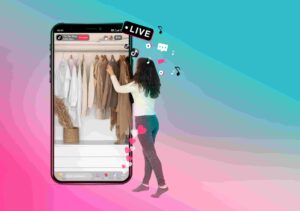
TikTok Marketing: Creating a Successful Strategy in 2024

15 Tips for Building a Successful Omnichannel E-commerce Strategy
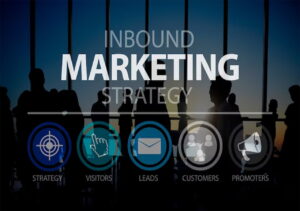
21 Best Inbound Marketing Strategies for E-commerce Success

16 Must-Have Facebook Strategies for E-commerce
More Posts

18 Best eCommerce Design Agencies in 2024
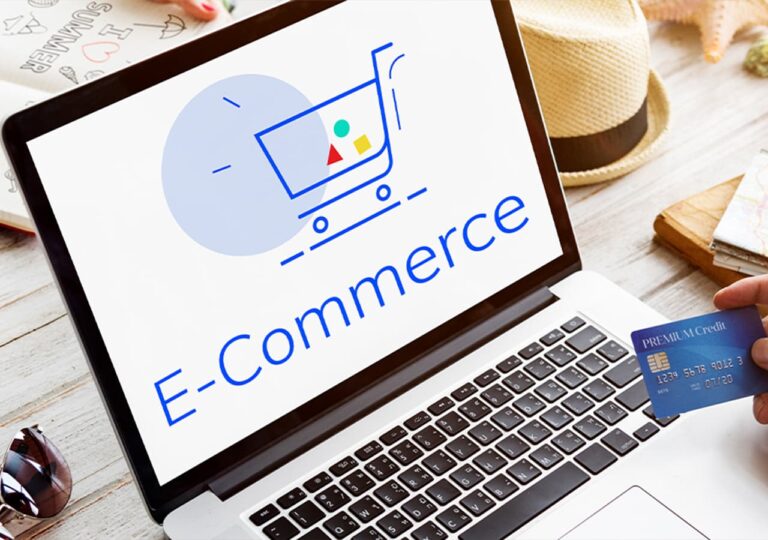
7 Tips on How to Build an Ecommerce Website from Scratch

10 Proven Tips to Increase eCommerce Sales in 2024


